
September 2024 wasn’t the first time that adaptive mountain bikers competed in the Mountain Biking US Open, but it was the first time riders with disabilities who ride bikes to accommodate their physical differences were able to compete at the US Open on the same course as the pros.
Greg Durso’s persistent advocacy paved the way for adaptive racing.
“Being a Vermonter and knowing Killington and knowing the trails and loving to ride them, I wanted to be able to race here too,” said Greg Durso, Senior Program Director at the Kelly Brush Foundation, adaptive athlete, and the de facto race director for adaptive athletes at the US Open. “I wanted a bigger opportunity to grow our sport of adaptive mountain bike racing and show what we can do on adaptive bikes. I wanted to push for us to be included.”
Durso met US Open/Pro Downhill Series race organizer Clay Harper in 2023. He says he “followed Clay around and kept bugging him” about adding an adaptive category until Harper agreed. Harper let Durso pre-run the course in 2023. “It was cool to prove that we could do it,” said Durso. “There are adaptive riders who want this race experience, but historically, we’ve been blocked by insurance, race directors not wanting to deal, and courses too narrow or off-camber for our bikes.”
The US Open was not the first North American adaptive bike race. Crankworx has an adaptive category, though racers who compete there are segregated from Crankworx’s main events, and according to racer Sierra Roth, spectators are few and far between. In the US, the Sea Otter Classic in California allows adaptive riders. Adaptive riders have ridden in the US Open since 2017, but away from the mainstage on a black run, Rabbit Hole, with the youth downhillers race. “They’d get a time, but it was loose,” said Harper.
That changed this year when Durso convinced Harper and his team, as well as USA Cycling, that adaptive mountain bikers belong.

Advancements in technology made riding Killington’s Goat Skull race course possible.
Sierra Roth, 27, is a former motocross racer and adaptive rider from Calgary, Alberta, who works for adaptive bike manufacturer Bowhead, said that five years ago, adaptive riders would not have been able to ride the Killington Goat Skull course because adaptive bikes just weren’t good enough. “The US Open let us show how far our abilities have come and also how far the technology has evolved.”
“The US Open was particularly cool because there were tons of people around,” said Roth.”Pros were watching us, people tagged us, and many saw people riding adaptive bikes for the first time. At other events, we’re a sideshow. At the US Open, we were part of the main attraction.”

Challenges to adding adaptive categories to the US Open
There were two main obstacles to including adaptive riders in the US Open, according to Harper, and neither had to do with riders’ abilities. “The weekend is so packed,” said Harper. “Finding time to get another category on that track was the main challenge. We don’t want to put adaptive athletes in a weird position where there is pressure on them from other riders on the course or where they feel like they’re holding people up. So we ran a bunch of scenarios so that we could get them on the track at the calm times.”
Harper said that the second major obstacle was securing insurance through USA Cycling for adaptive racers, who typically ride e-bikes for this type of race. “It was an itty bitty technical nuance,” said Harper. “USA Cycling didn’t have the right allowance of battery wattage in their policy. They limited the wattage of a battery and prohibited throttle — a silly thing because adaptive bikes still have the speed limiter. They all still go the same speed. Wattage just makes them last longer.”
USA Cycling granted an exception for 2024, but not until September 1st, less than a month before the race. We reached out to USA Cycling to ask about plans to revise their adaptive racing rules for 2025. They did not respond to our request for comment as of press time.
Harper says that adding adaptive categories wasn’t a heavy lift for him and his team. “And it’s worth it from our perspective,” said Harper. “To see how stoked those guys were, and how smooth it was, how fun it was. […] Greg is a remarkable character. I don’t want any credit. Greg is the guy pushing the rock up the hill. His heart, soul, and drive is making this happen. No other adaptive riders came out of the woodwork to make this adaptive race happen. I have lots of respect for him. His excitement is real. You could feel it when he came across the line. That was the best part of the whole thing — how happy they were to do this. Safety was at the forefront. Greg didn’t come into it with blind exuberance. He took the steps to do it right.”
That said, Harper says it’ll take work to incorporate adaptive categories into other races in the Pro Downhill series, and initiative from the adaptive community can forward that agenda, though some courses may prove prohibitive. “There are things that make it tough,” says Harper. “The track — it’s hard enough to find a venue that supports having a DH race, that will close the track to the public. The US Open is clearly way ahead of the others with how that works. We’re a pro downhill series with a highly concentrated focus on professional racing, on elevating downhill racing. And unfortunately, adaptive racing isn’t plug and play.”

Future growth potential for adaptive downhill racing
Harper said that in the past 10 years, mountain bike racing has grown up. He acknowledges that it’s not easy to create a sport and that it’s important the ask comes from the core participants. Harper also acknowledged that mountain biking is a dangerous sport, and he doesn’t want anyone getting hurt.
“That said, everybody thought it was awesome,” said Harper. “It was impressive too. They ride really well. It was all positive, and there was a shared sense of excitement for it. The track works. But there is no guarantee that if we go to another track, it’ll work for adaptive bikes. The nature of a downhill track is that it’s steep and rough. Every track doesn’t necessarily have a navigable, rollable route for adaptive bikes. I hope they take what we did with the US Open and look at it at Crankworx, Sea Otter, and other festivals. I also think there is some merit to stand-alone adaptive DH races. That’s where a lot of development can come from… what should an adaptive race look like? It’s in its infancy, and it’s hard to figure out.”
Durso says that race directors often do a lot of “mansplaining” to adaptive riders about why they can’t race, and he implores race directors to be open. “They sometimes think they know it all, but most have no idea what adaptive riders can handle. Come for a ride with us, engage us, and give us the same opportunities as other racers. Let us discuss and review race courses. Let us participate.”
Roth was the only female participant this year, but she hopes that won’t be the case in the future. “There are not a ton of women adaptive riders racing DH,” said Roth. “I hope that eventually there will be a field of women competing in races like the US Open, not just me. The gain in the long-term for the sport and for the development of adaptive racing is huge. I’m excited to see where it goes. It’s cool to be part of creating a sport from the ground up. It’s cool that now the tech exists to do that.”

The thrills of racing the US Open and learnings for the future
For Durso, racing the US Open was more awesome than he could have imagined. “The point of the US Open is to let anyone race against the pro,” said Durso. “It makes sense for us to be a part of that. “To have Wyn Masters and his crew on course sending us video of them cheering us on, and Jackson Goldstone making time to watch us start and say “holy shit” as we come flying out of the start gates, that’s a cool experience. We got the same reactions from the pros that we have to the pros. And that was super cool. That’s the win — that’s what we want. To have downhill riders that I fanboy about there, knowing they’re watching us go down, seeing them cheering for us, having them swing by the Vermont Adaptive booth to congratulate us and get their pictures taken with us… that was freaking awesome. To ride in a race I’ve always watched was so cool. I also truly enjoyed helping put the race together. I enjoy helping others [get] the opportunity to race. As hard as it was logistically, I loved that aspect of it too.”
The 2024 US Open adaptive race was both a major proof of concept and a potential blueprint for future adaptive downhill races. “If I can promote the 2025 US Open Adaptive race in June next year and not a week before the race, I can get 15-20 adaptive riders registered to compete,” said Durso. “Let’s do this.”
His advice for race directors open to considering an adaptive category: “If you look around, you’ll realize there is a community of people who want to race, but we need to be able to be part of the conversation, and we can help you make it happen.”
Durso said he learned a lot at the US Open and that he’s hopeful that the 2024 US Open was the start of more inclusivity in DH racing. “Racing is hard. It’s such a physical and mental sport. You have to push yourself and discover your limits. I learned about organizing events and that there is a need, a space, and a barrier that needs to be broken. Getting to work with Clay and his team was huge — we felt accommodated and felt part of the race.”
Harper is excited to see where the adaptive community takes racing. “The biggest issue with adaptive is lack of clarity on categories,” said Harper. “It’s a growth issue in the sport. Men’s and women’s, three-wheel and four-wheel, suspension or no suspension, throttle or not, intermediate or expert… We’re waiting for the adaptive community to define it. We’re here to provide a platform for people to come out and race. We’re not experts. But what we do know is that if little leaguers have to play against major leaguers, it won’t work. In regular two-wheel downhill racing, there is not a lot of variation. In adaptive, there are a multitude of different kinds of bikes as well as gender, age, and skill that could all determine race categories. I’m not the right person to determine how riders should be divided up. But it’s my opinion that it’s really important that bike type be delineated — the advantage of some bikes is crazy.”

Despite the success of the 2024 US Open, the future of the sport is unclear
Harper isn’t willing to make predictions about the future of adaptive racing but is committed to providing the platform. “We’re here for it; we think it’s sick,” said Harper. “Baseball started with kids in the parking lot with a broomstick and a ball, and mountain bike racing started on a dirt road in California. It will take a few more years for adaptive racing to develop, to work out the kinks.
“There are many factors that draw people to the US Open: big-name racers, a big prize purse, good access to athletes, the pits, and the track, and it’s easy to get in and see everything,” said Harper. “Everything is done in the interest of fun, which has been the ethos of the US Open since day one. We’re not trying to leverage adaptive riders as a draw. The truth is that people enjoy watching adaptive racers compete. It exposes current fans to something they don’t know about, and it draws in people from the adaptive community who have never seen their community race like that.”
For Durso, being able to compete in the US Open means something more. “Racing the US Open gave us normalcy we don’t get in the adaptive sports world very often. We proved that we belong.”












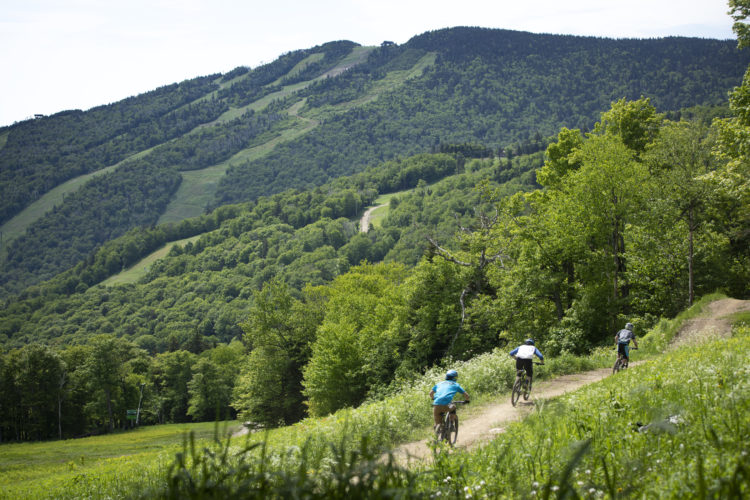
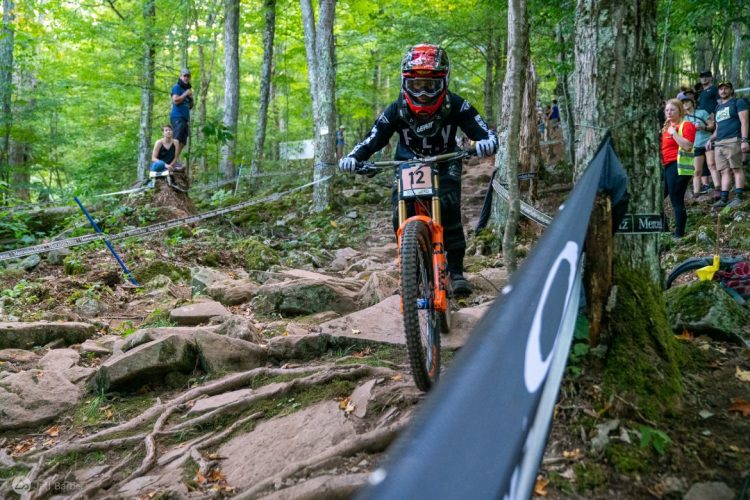
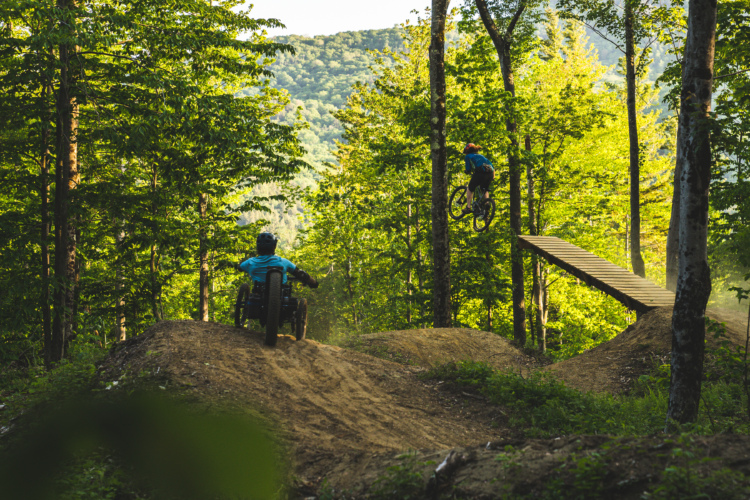

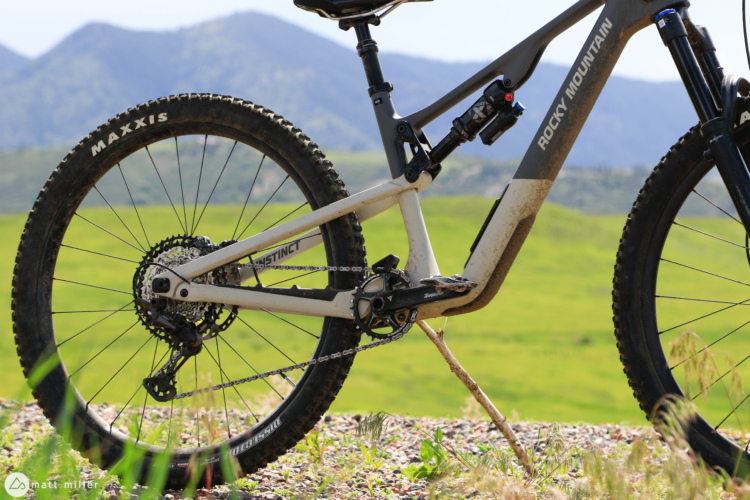
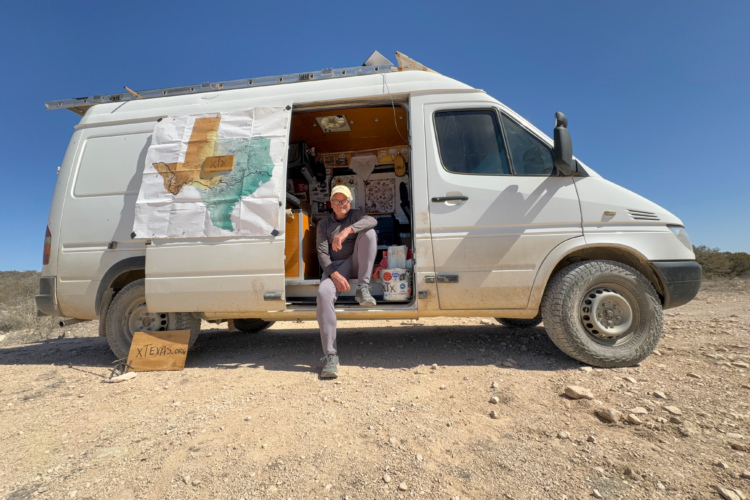
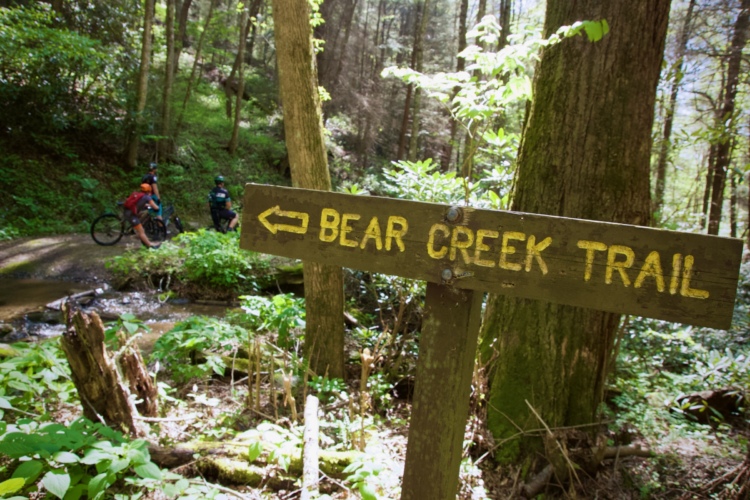
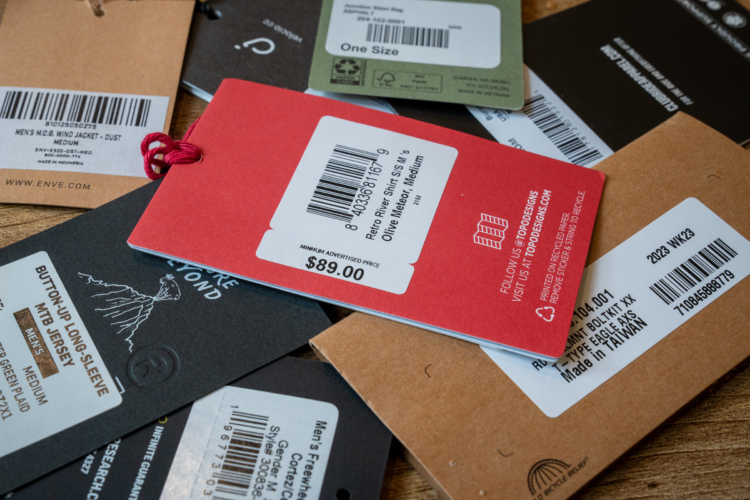

1 Comments
Jan 6, 2025